Pioneer SX-1300
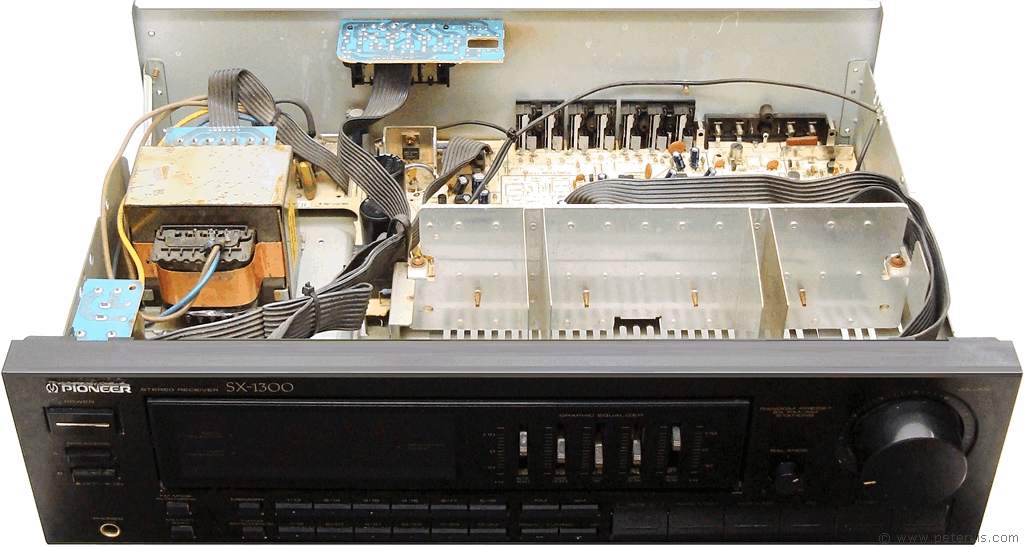

The SX-1300 is a stereo receiver manufactured in 1987 by the Pioneer Corporation of Japan. It is virtually the same as the SX-2300 which has more powerful channels. The SX-1300 is 40-watts per channel, whilst the SX-2300 is 60-watts per channel. Its most interesting features are the five band graphic equalizer (both models), and simulated stereo processing (SX-2300 only). It has AM/FM tuner, phono RIAA preamplifier to connect a turntable or record player, and the wonderful Japanese build quality everyone likes.
SX-1300 Specification
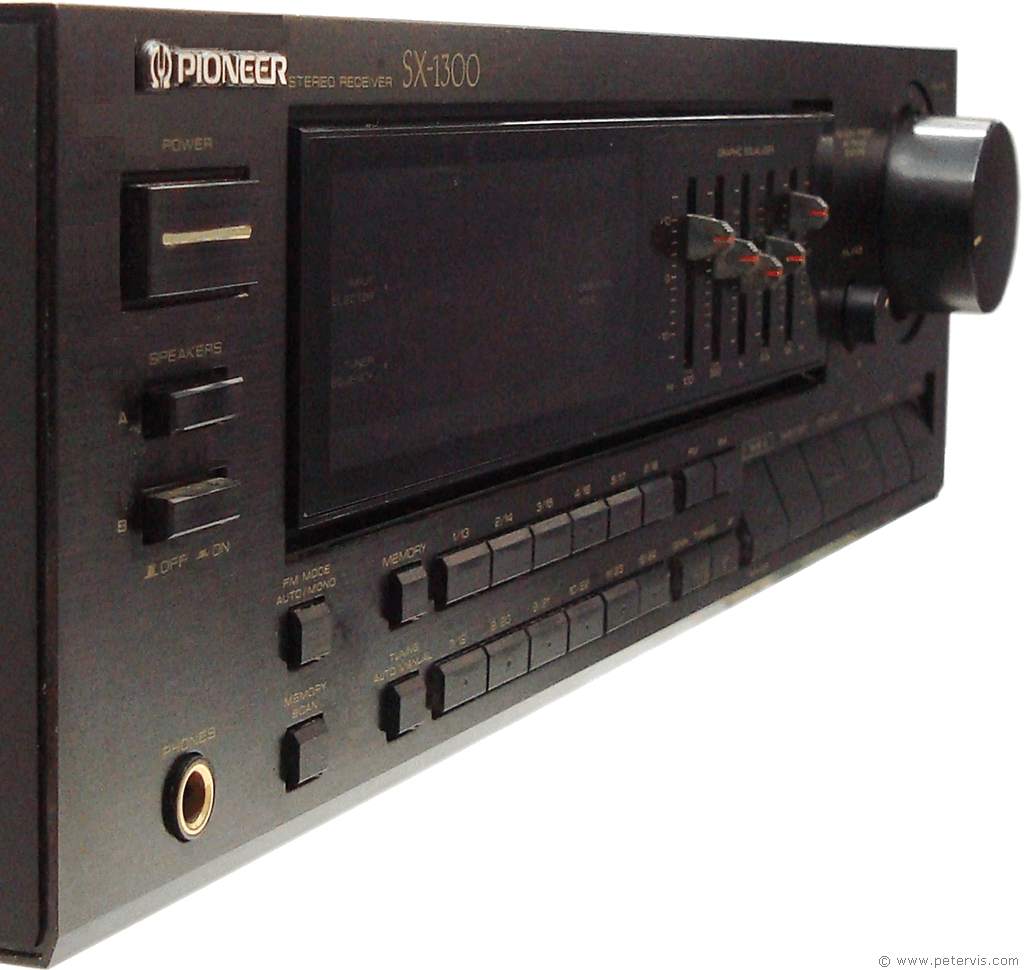

- 40-watts per channel (at 8 Ω) across 20 Hz to 20 kHz, and less than 0.07 % THD
- Random Preset for 24 AM/FM stations
- Auto station search
- Memory scan lets one sample every preset station
- 5-band graphic equalizer
- Large Fluorescent panel display
- Microcomputer Control
SX-2300 Specification
The SX-2300 has all the features of the SX-1300 shown above, but with additional functions shown below.
- 60-watts per channel
- Speaker matrix surround circuit, for entry level basic surround sound
- Simulated stereo makes mono sound fuller and enjoyable
Review
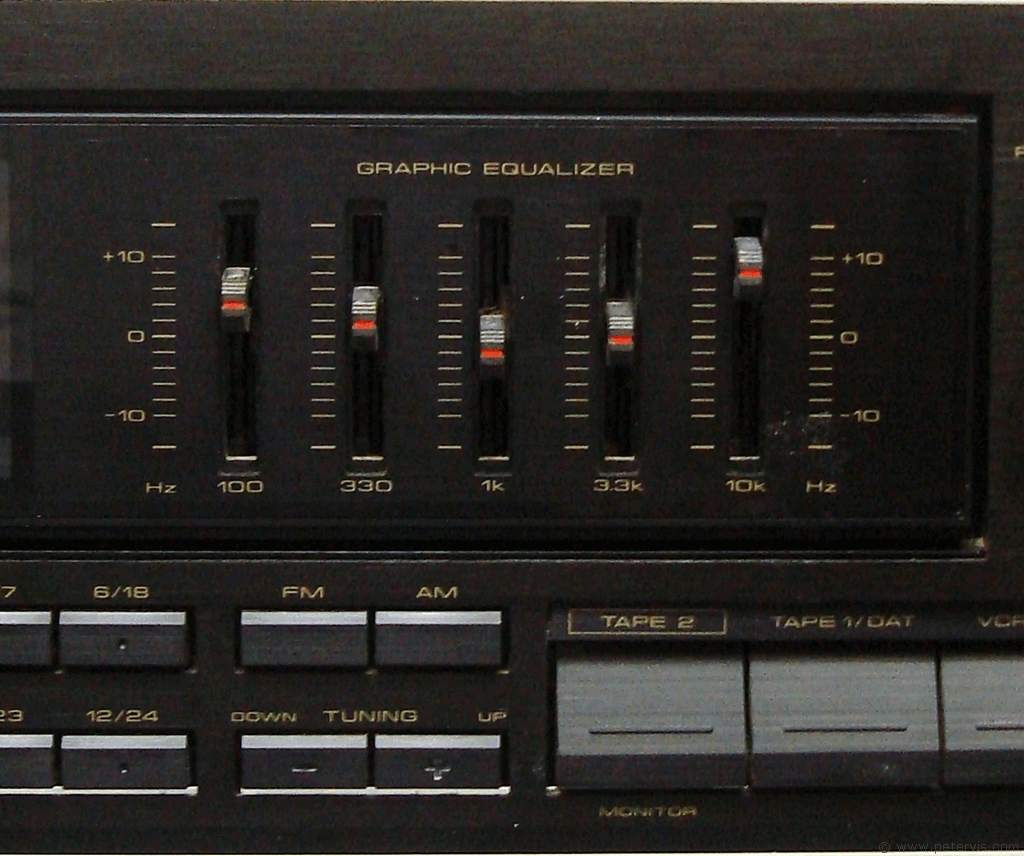
This stereo receiver has discrete transistor power amplifier with complementary symmetrical push-pull output stage. On the SX-1300 they use 2SC3180 and 2SA1260 complementary pair of power transistors, whilst on the SX-2300 the transistors are 2SC3181 and 2SA1261.
The simulated stereo circuit, which was available only on the SX-2300, is a very interesting feature that is rare to find elsewhere these days. It is based on the M5201P integrated circuit. This circuit operates on one side of the stereo channels and simulates stereo separation when the input signal is mono. The circuit diagram indicates a by-pass link for the SX-1300, so I was very keen to open it up to see whether the circuit board actually has the components installed...
One good feature going for this amplifier is that there are no digital or analogue signal processors, which usually changes the sound too much. It has the TC9164N IC for the input selector switch, and then the signal goes to the preamp board which contains conventional volume and balance potentiometers, as well as the graphic equalizer circuit. Consequently, the bass and treble are very good. Not everyone has the most acoustically ideal loudspeakers or living room, and consequently the built-in graphic equalizer is very useful.
I particularly like this design as it is from a time when computerisation was just starting to be introduced into hi-fi equipment, and therefore it has just the right balance of analogue and digital circuitry. In contrast, today amplifiers usually use a DSP and all the controls are menu operated. Many amplifiers also sound the same as they usually have the same DSP.
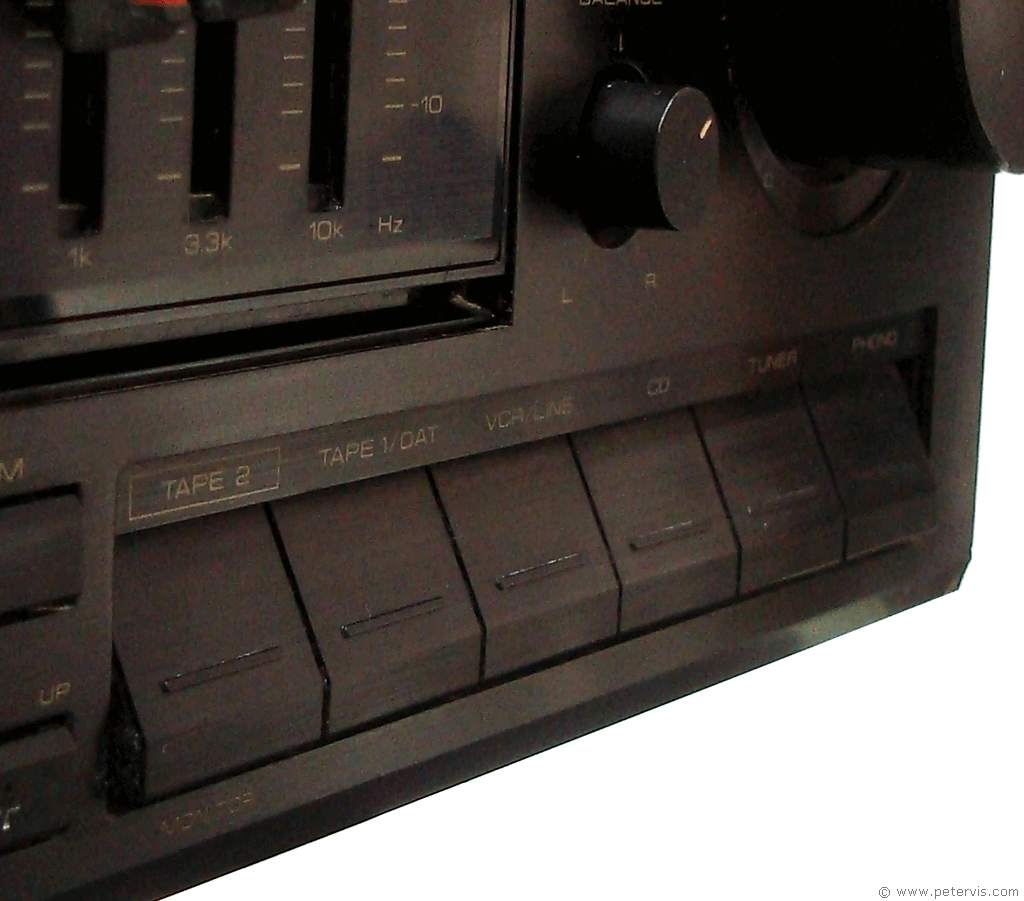
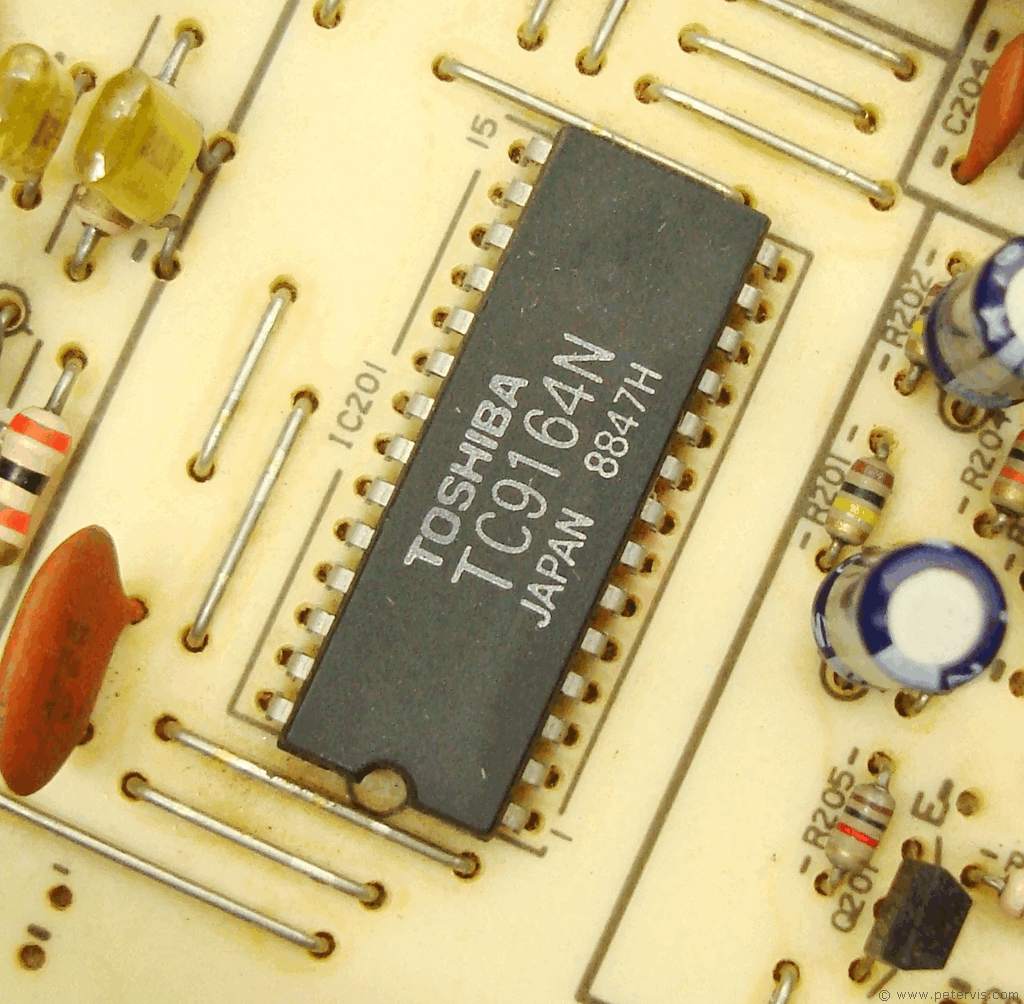
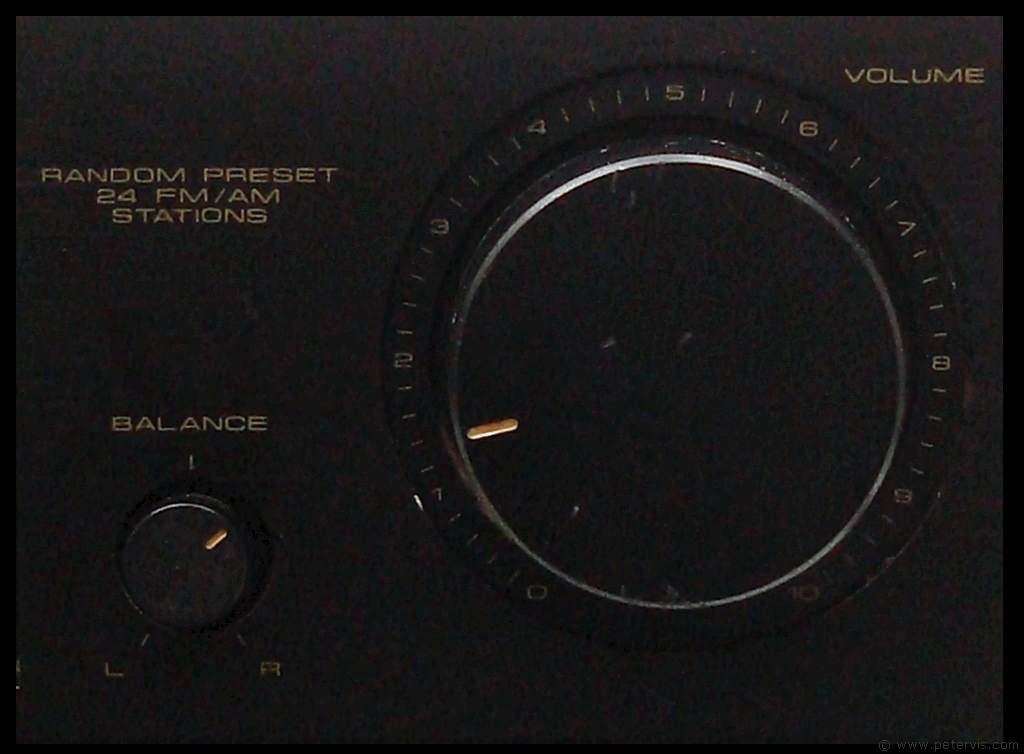
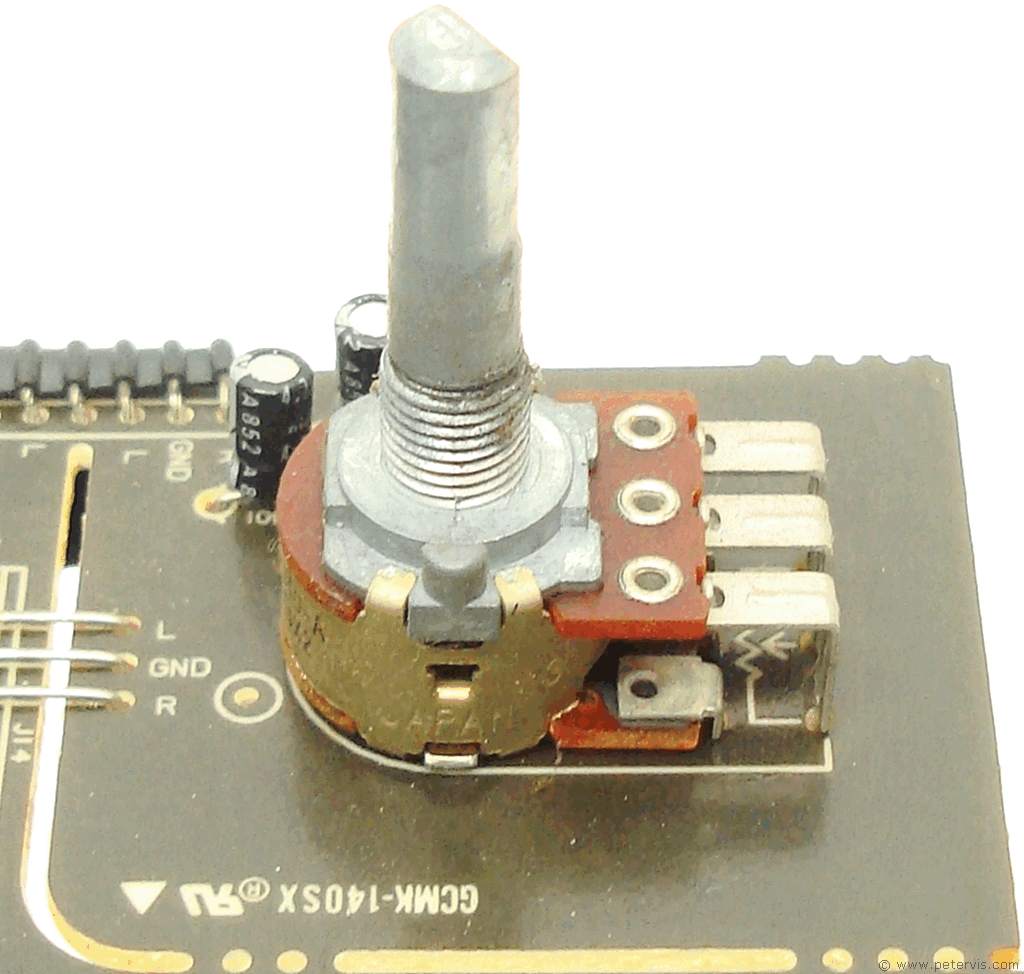
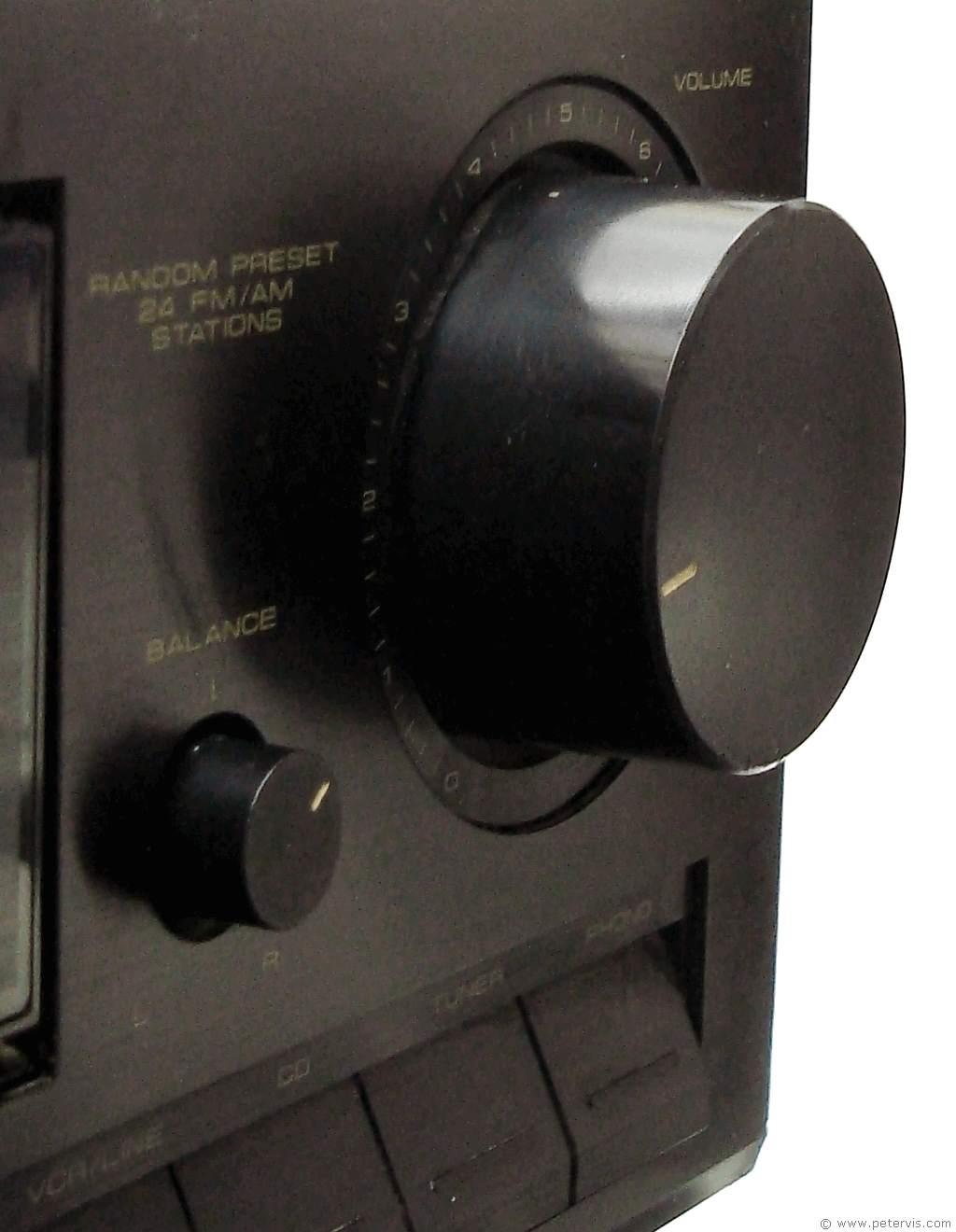
Cost/eBay
These amplifiers are usually for sale on eBay and they come in varying conditions. A unit in good working order and condition could cost around the fifty pounds mark. This one may be a bit more desirable due to the built-in graphic equalizer and it has that lovely 80s sound. The SX-2300 is the more desirable of the two models due to the simulated stereo function. If you are looking to get a pre-used unit, then it is always a good idea to make sure both channels have the same loudness, and there is no hum.
This Article Continues...
Pioneer SX-1300Electronic Engineering
Front Panel PCB
Graphic Equalizer
Repair
RIAA Pre-amplifier
Simulated Stereo
2SA1263 and 2SC3180
Power Supply
Back Sockets
